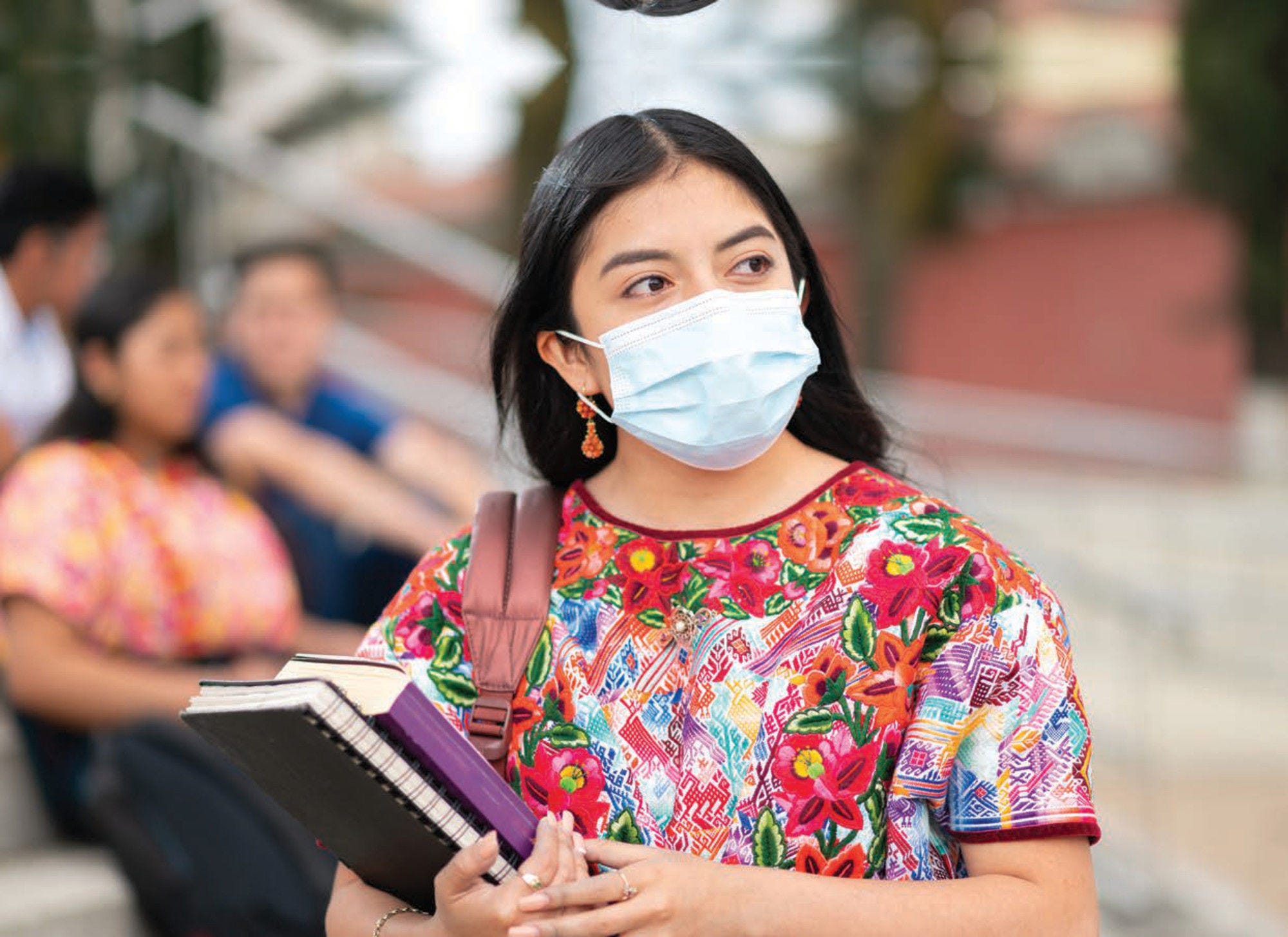A key component of human capital is healthy and well-nourished people throughout their lives, but many children are not able to access sufficient, safe nutritious food and a balanced diet that meets their needs for optimal growth and development, to enable an active and healthy life. Globally, it is estimated that 150.8 million children are stunted, 50.5 million are wasted, and 38.3 million are overweight (Development Initiatives, 2018[1]). Hence, many countries are facing a double burden of malnutrition – characterised by the coexistence of undernutrition along with overweight, obesity or diet related NCDs – a health challenge on the rise in many LAC countries. Child malnutrition also contributes to poorer cognitive and educational outcomes in later childhood and adolescence, which in turn affect lifelong potential and heavily determines the socio‑economic status of the individual.
The UN SDG target 2.2 sets that by 2030 end all forms of malnutrition, including achieving, by 2025, the internationally agreed targets on stunting and wasting in children under five years of age, and includes an indicator on childhood overweight. Subsequently, in April 2016, the United Nations General Assembly proclaimed 2016‑25 the UN Decade of Action on Nutrition to eradicate hunger, and malnutrition in all its forms (undernutrition, micronutrient deficiencies, overweight, or obesity) and reduce the burden of diet-related NCDs in all age groups (UN, 2019[2]).
Stunting rates in LAC are generally lower than in other world regions but it is still a significant problem in several countries. In average, 11.4% of children below five years of age are stunted in LAC27 (Figure 4.6). The rate is nearly 43% in Guatemala and around 20% in Ecuador, Haiti and Honduras, while is lowest in Chile and Saint Lucia below 3%. Wasting rates are also lower than in other regions with an average of 2.6% amongst children below five years of age, but Barbados, Guyana, and Trinidad and Tobago have significantly higher rates than average being over 6%. The lowest rates are observed in Chile, Peru and Guatemala, all below 1%.
Countries with higher stunting prevalence tend to have higher than average under‑5 mortality, reflecting the fact that about half of all deaths before the age of 5 can be attributed to malnutrition (Figure 4.7). Guatemala deviates significantly from the trend by having a stunting rate almost four times the LAC average and an under‑5 mortality rate 6 points over the LAC average. This is mainly due to the high poverty rate and large inequality in the country, which causes that half the population cannot afford the cost of the basic food basket. This adds to the effects of natural disasters and climate change that damages food production (WFP, 2019[3]).
Childhood overweight and obesity is shaping up to be one of the most significant challenges of the century. In LAC27, the average prevalence of overweight amongst children under age 5 is above 8% (Figure 4.8). The highest rates are observed in Argentina and Paraguay having 12% or more, followed by Barbados, Trinidad and Tobago, Panama, Uruguay, and Cuba, where more than one child out of ten is overweight. In turn, rates are lower than 5% in Haiti and Suriname.



